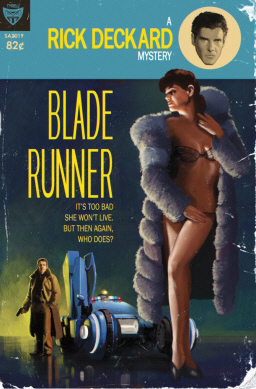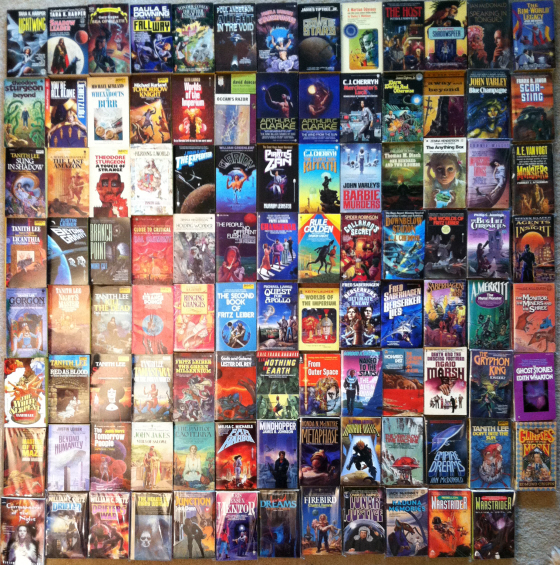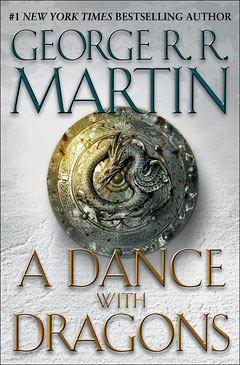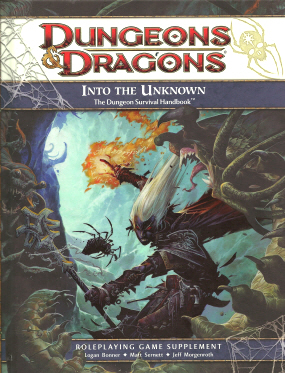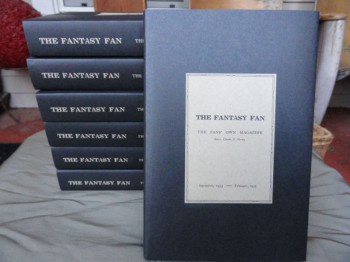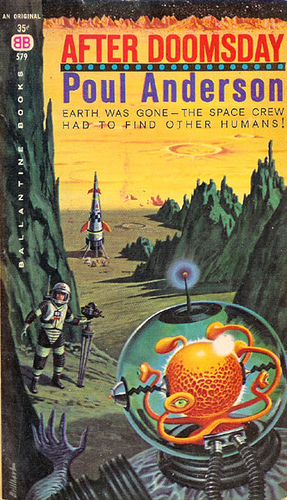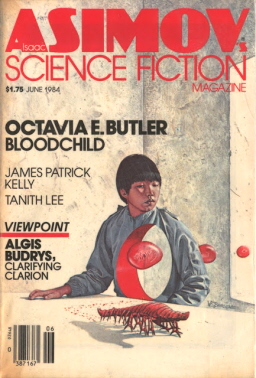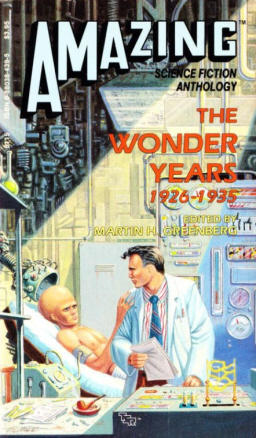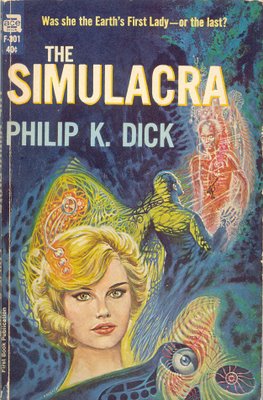 Almost exactly a year ago this weekend I was in downtown Chicago, selling books and Black Gate magazines at the Printer’s Row book fair. It was hot and I got sunstroke, and I had to cancel dinner plans with the charming and beautiful Patty Templeton. Stupid, stupid sunstroke.
Almost exactly a year ago this weekend I was in downtown Chicago, selling books and Black Gate magazines at the Printer’s Row book fair. It was hot and I got sunstroke, and I had to cancel dinner plans with the charming and beautiful Patty Templeton. Stupid, stupid sunstroke.
But I learned something fascinating. Well, two fascinating things. The second was that no one wants print fiction magazines anymore. I can’t tell you how many people picked up copies of Black Gate 15, dazzled by the look and heft of the thing, asking “What is this?” The moment they learned it was a magazine, they put it down and wandered over to the booth selling travel books.
But the first fascinating thing I learned is that vintage Philip K. Dick paperbacks sell at almost any price.
I learned this mostly by accident. I had a few hundred recently-acquired vintage paperbacks bagged up, but didn’t have time to price them. The night before the show they were spread out in stacks on our bed, all with cheerful blank price stickers, and Alice was threatening to sleep on the couch.
So I just priced them at random. Most I listed at 2 – 3 bucks, occasionally as high as 10. When I got to the more valuable stuff, like the Philip K. Dick , I wrote “$35” on most of ’em, even the stuff I’d only paid a buck or two for. I figured I’d do my homework and re-price everything that didn’t sell later.
Instead, I sold all the Philip K. Dick in less than two days.
Obviously, this was an unusual test case. For one thing, this wasn’t an SF convention and my buyers generally weren’t science fiction readers. They were book collectors who knew just enough about Philip K. Dick to know he’s in demand. There was a lot of impulse buying, and hardened rare book collectors are maybe less reluctant to fork over $30 – $40 on impulse than a typical SF reader.
Still, it was very educational. Dick was one of the only authors browsing customers frequently asked about (the others were Samuel R. Delaney and Ursula K. LeGuin), and if I could put a book in their hands, it was a short step to a sale. It didn’t hurt that many of his paperbacks look terrific, like the Emsh cover on the 1964 Ace edition of The Simulacra, above.
I don’t sell much anymore, but I do have two tables reserved for Chicon 7, the World Science Fiction convention coming up this Labor Day here in Chicago. In preparation, I’ve been accumulating as many Philip K. Dick titles — and other vintage SF paperbacks — as I can find. eBay is one fertile hunting ground, especially if you’re willing to buy larger lots. Last week I purchased lots containing The Simulacra and Dr. Bloodmoney (plus 10 other mixed SF paperbacks) for $6.05 each. I’m pretty sure I can re-sell the Dick titles alone for a lot more than that.
Just how much more remains to be seen. I’ll let you know after Chicon.
